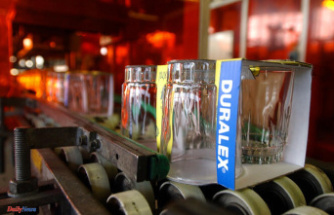There were still questions about the timing of the spillage, which contaminated beaches and a marshland and could have led to closures for several weeks. This would also impact commercial and recreational fishing, which could lead to a significant economic loss.
A few reports that there was a spillage, a petroleum smell, and an oily sheen in the water off Huntington Beach were received Friday night, but they weren't confirmed by authorities. Amplify Energy Corp. didn't report the spillage until the following morning, authorities stated.
According to preliminary findings from an investigation, Amplify was able to shut down the pipeline after a warning alarm rang in the company control room. The alarm indicated that the pressure in the pipeline had dropped at 2:30 a.m. on Saturday.
Investigators found that the Houston-based company took three more hours to notify the U.S. Coast Guard National Response Center for oil leaks. This further slowed down the response to an incident for which Amplify workers had spent years planning.
Martyn Willsher, CEO of Amplify, claimed that the company was unaware of the spillage until it noticed a sheen in the water at 8:09 AM.
According to the company's spill response plan, a spill should be reported immediately. In the past, criminal charges were brought against companies that failed to immediately notify federal or state officials about a spillage.
Federal transportation investigators stated that the pipe had been cut at a depth approximately 98 feet (30 metres) and that a section of nearly a mile was pulled along the seafloor by a hook or anchor, which could have caused a partial tear.
Willsher stated that the pipeline had been pulled almost like a bowstring. It is now 105 feet (32 m) from its original location at its widest point.
As they travel into the massive Los Angeles-Long Beach port complex, huge cargo ships often cross the pipeline. The coordinates of where they can anchor are provided to them until they unload.
Anchored cargo ships move constantly due to shifting winds and tides. An anchor weighing more than 10 tons (9 metric tons), can drag on "whatever the anchor gets fouled upon," Steven Browne, a professor in marine transportation at California State University Maritime Academy.
Investigators did not know if a specific ship was involved.












